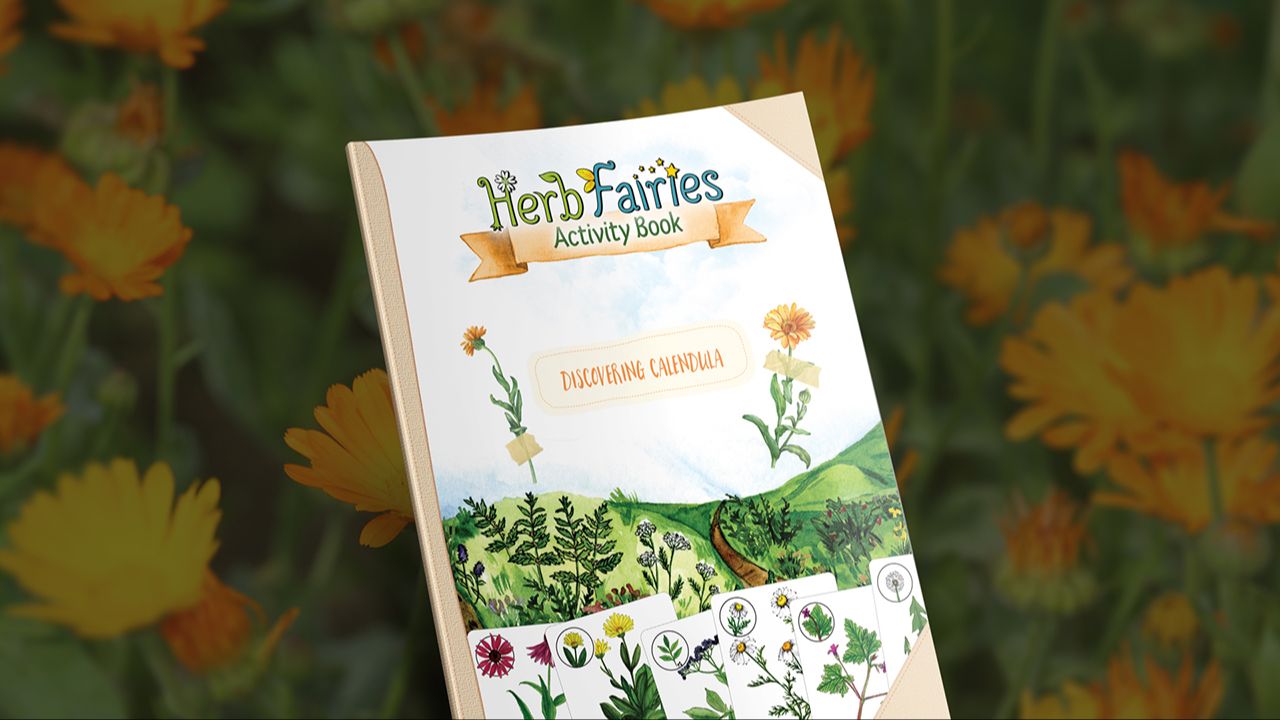
Herb Notes: The Benefits of Dandelion
Growing out of sidewalk cracks and wild meadows alike, dandelion (Taraxacum officinale) is a persistent plant that can teach us about resilience and adaptability. While it may be despised by lawn purists, herbalists recognize that dandelion isn’t a pesky weed: rather, dandelion is an important plant with many healing gifts.
Let’s dive into 3 benefits of dandelion…
1. Dandelion Benefits: Dandelions for Liver Health
Dandelion has a long history of use as an herb for supporting liver health. Since the liver performs so many different functions in the body, gently supporting the liver with dandelion root can help address a wide range of mild ailments associated with liver stagnation. Some of these mild issues can include constipation, acne, minor rashes, and dry eyes.
2. Dandelion Benefits: Dandelions for Digestive Health
Both dandelion roots and dandelion leaves make for a fantastic digestive tonic. The bitter flavor of the roots and leaves stimulate secretions throughout the digestive tract to help optimize digestion: increased saliva secretion helps digest carbohydrates, increased stomach enzymes help digest proteins, and increased bile secretion helps digest fats.1
Dandelion roots are also high in inulin, a prebiotic that helps feed the gut microbiome and in turns support overall digestive health.
3. Dandelion Benefits: Dandelion as a Nutritional Powerhouse
In addition to having roots with a high inulin content, dandelion’s young spring leaves are also deeply nutritious. The fresh bitter leaves are high in vital minerals like calcium, phosphorous, and potassium. These leaves make a great addition to a salad or pesto. In addition to wildcrafting your dandelion greens, you can now also find them at many grocery stores.
A few frequently asked questions about dandelion…
What parts of the dandelion plant are used for medicinal purposes?
The roots, leaves, flowers, and stems of dandelions can all be used medicinally. The roots make an excellent addition to tea, and the young spring dandelion greens make a wonderful addition to a salad. The stems can be fermented and also enjoyed as “food as medicine.” The yellow flowers can also be eaten or infused into a topical oil for supporting lymph flow in the body.
Does dandelion have any culinary uses?
Yes, as I’ve noted above, the greens are edible and can be added salads, stir-fries, or sautéed on the side of a meal. Dandelion flowers can also be enjoyed in herbal syrups, teas, or as fritters. I also enjoy sipping on a dandelion root tea in the mornings because its earthy, bitter taste reminds me of coffee. My favorite dandelion coffee recipe is made with roasted dandelion roots and includes a dash of cream and spoonful of honey. You can also add a sprinkle of cardamom to your dandelion root coffee for another delicious herbal twist.
Where can dandelion herb be found?
Dandelion is a globally distributed plant and can be found in various regions worldwide. Dandelion thrives in many environments: in grassy areas, meadows, disturbed soils, and more. When harvesting dandelions, make sure you aren’t harvesting in a place that’s been sprayed within the last three years.










